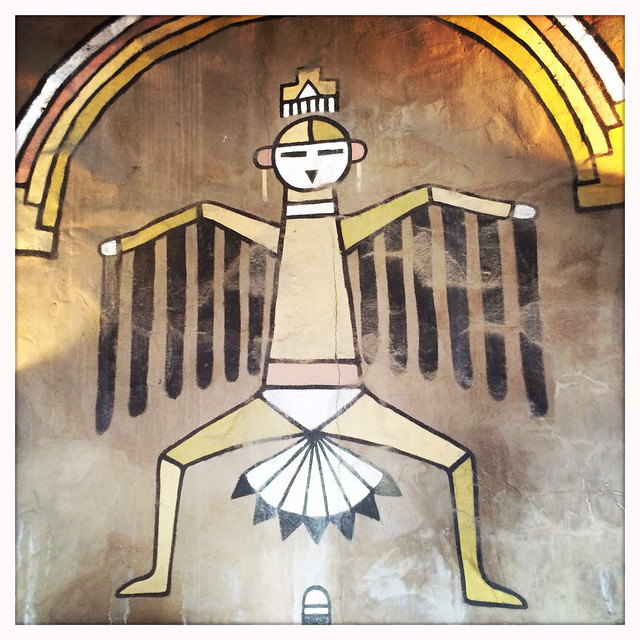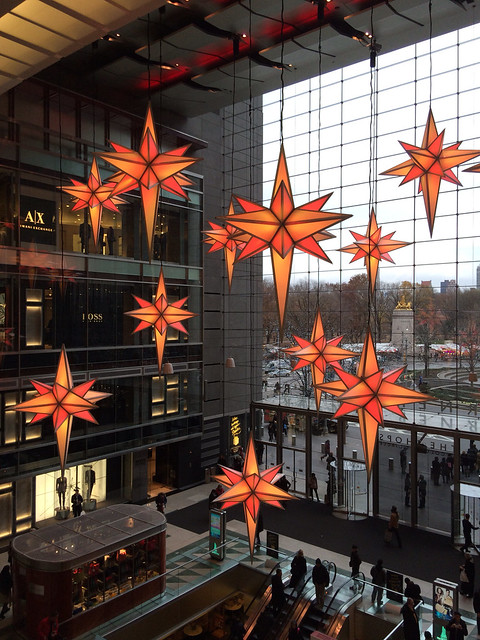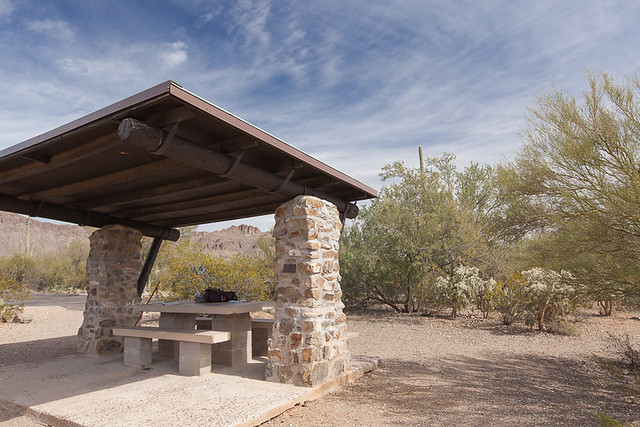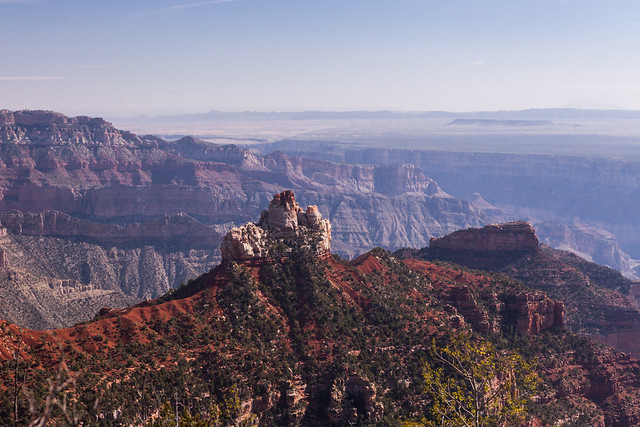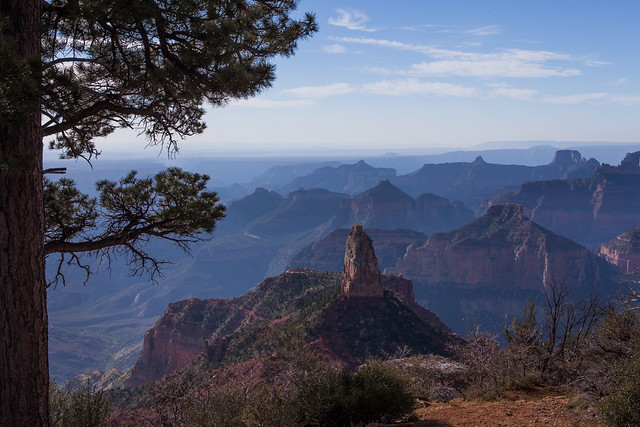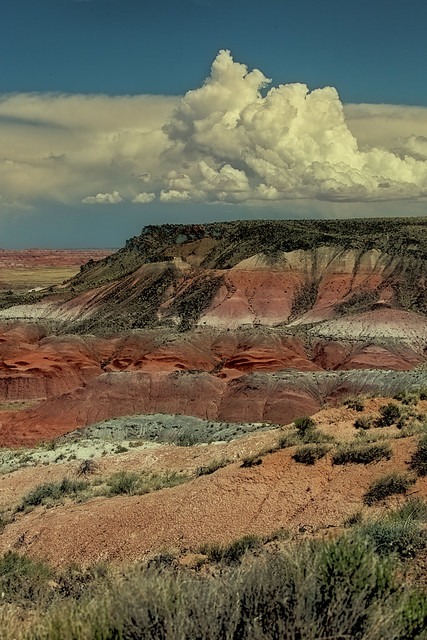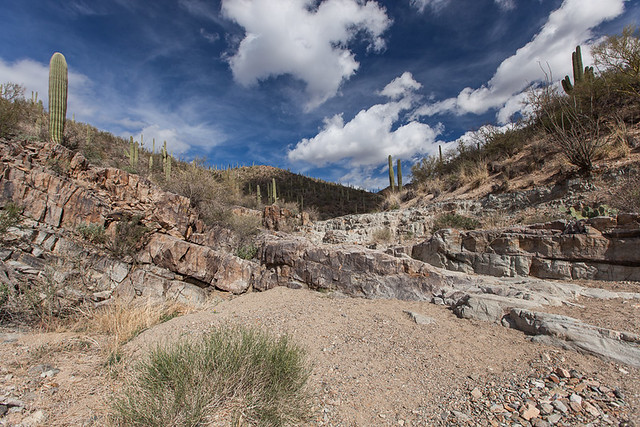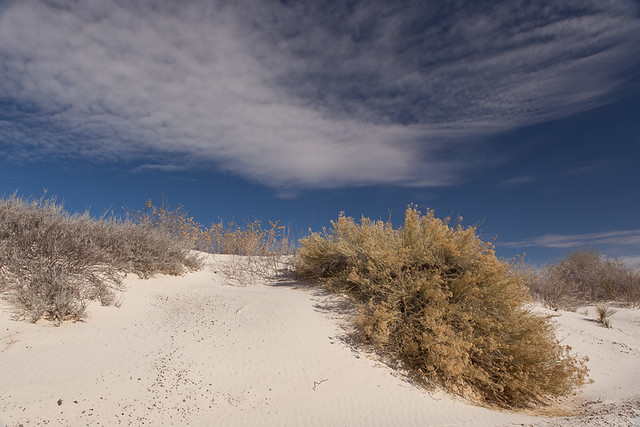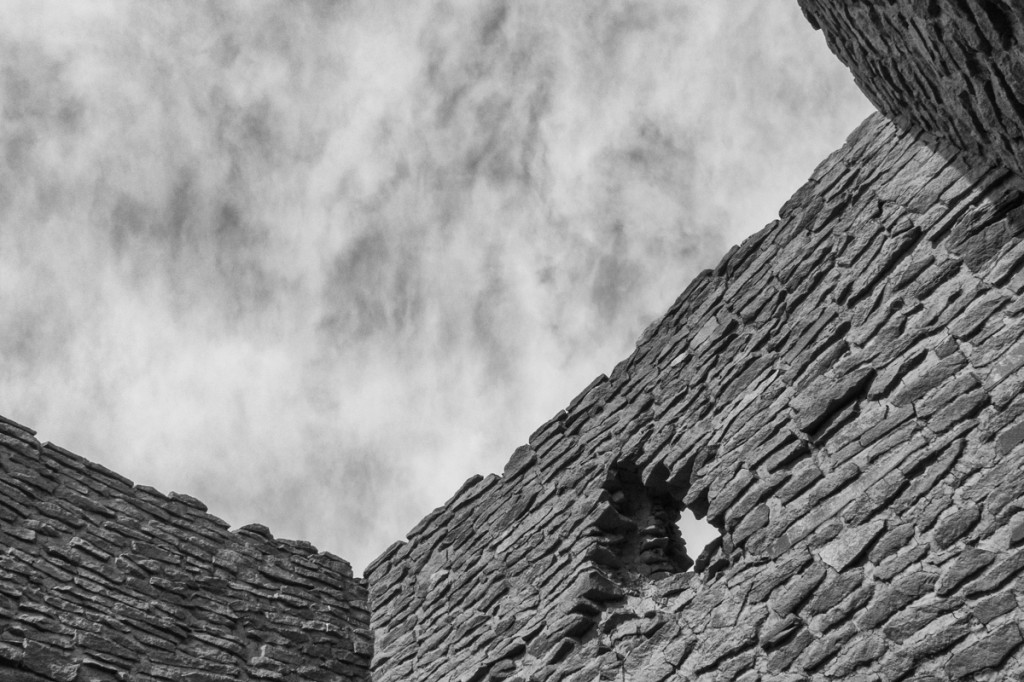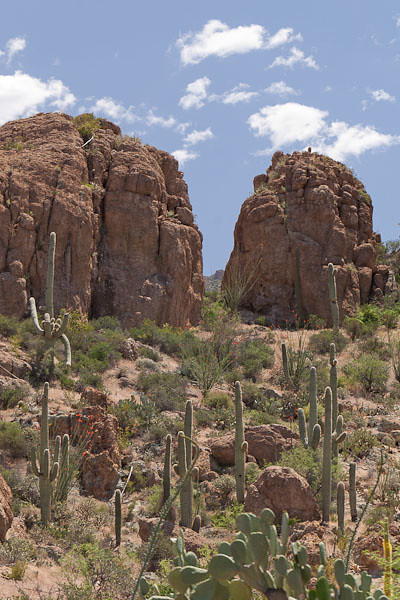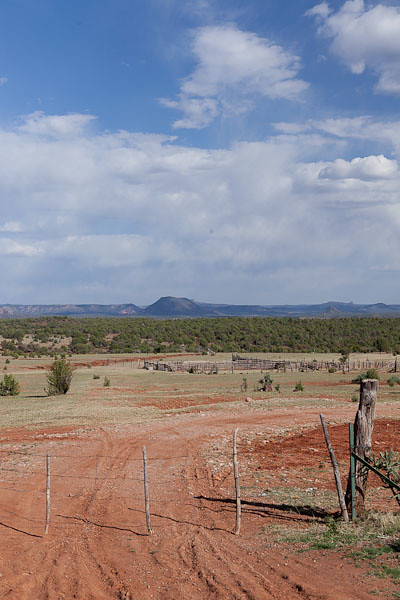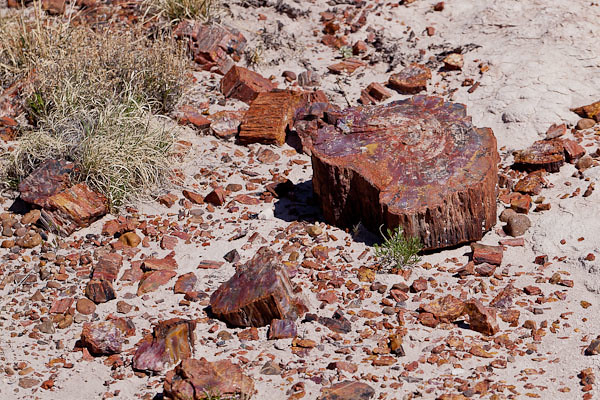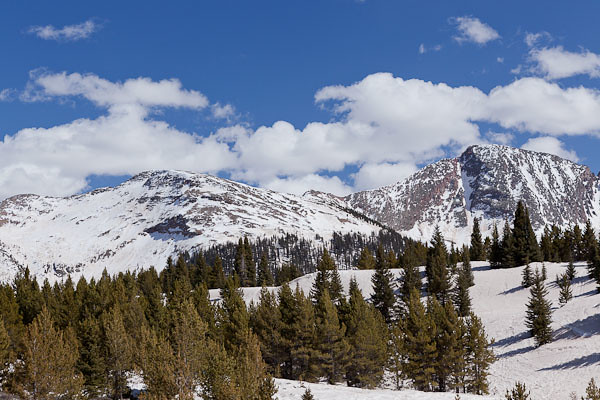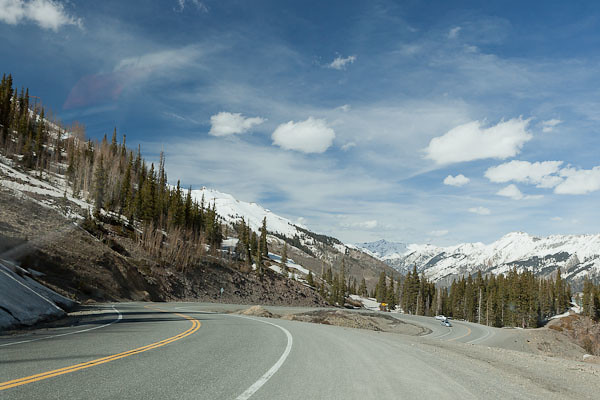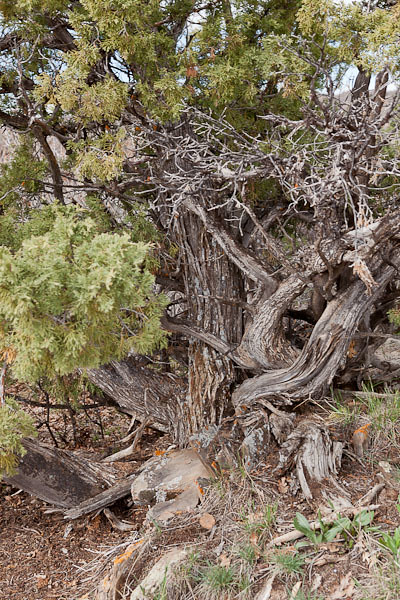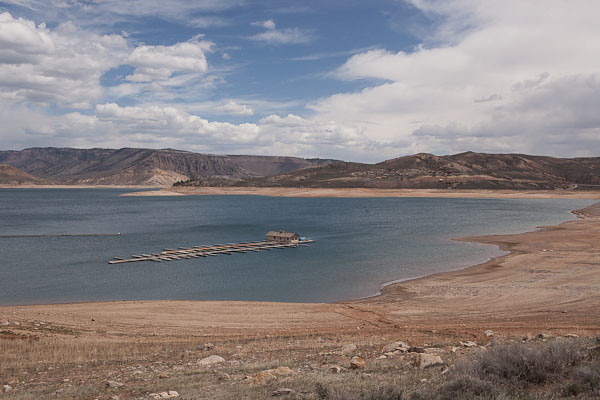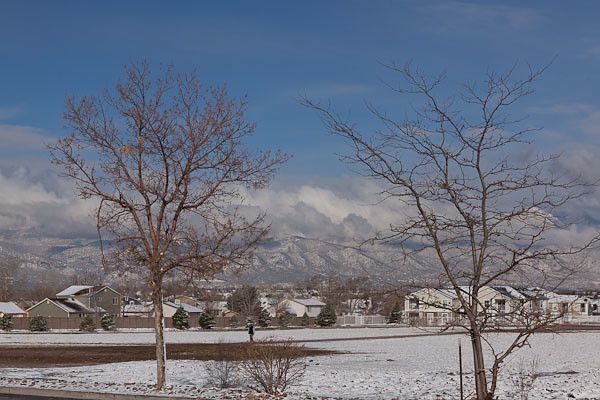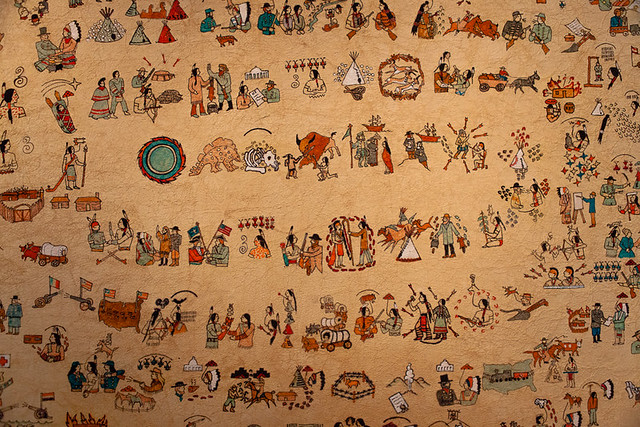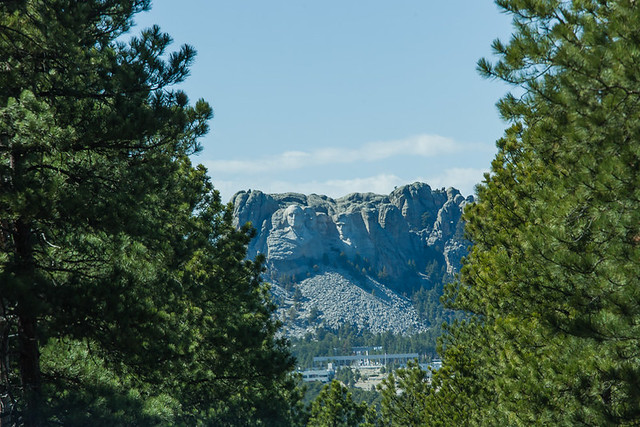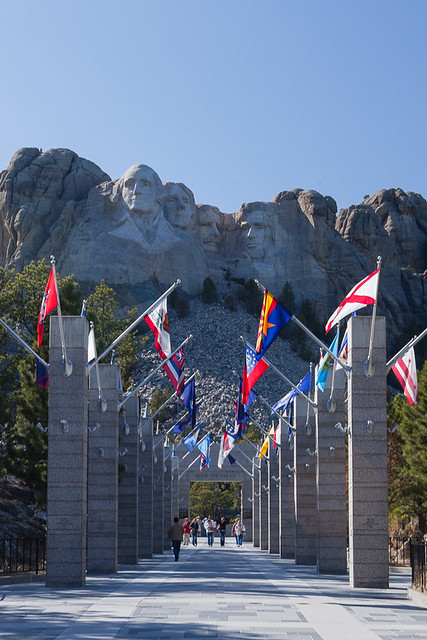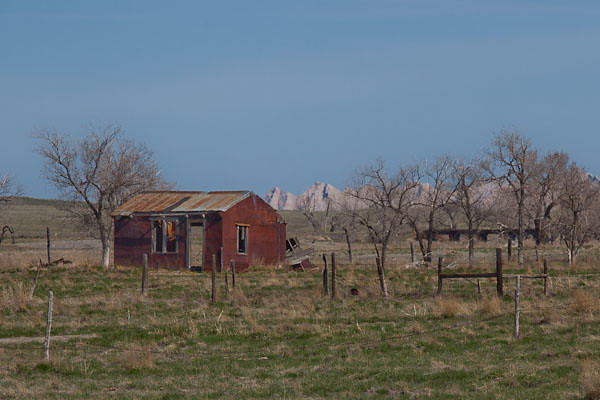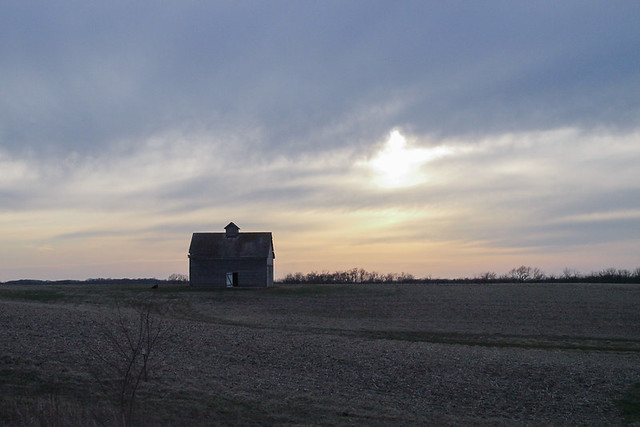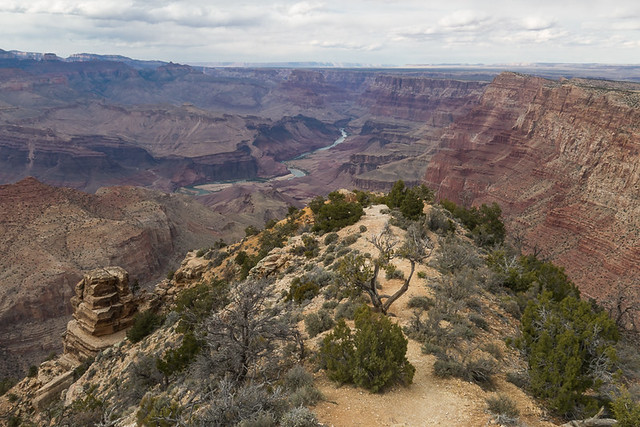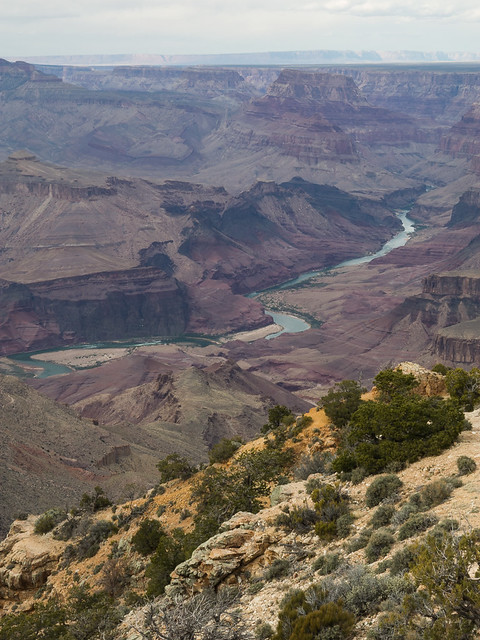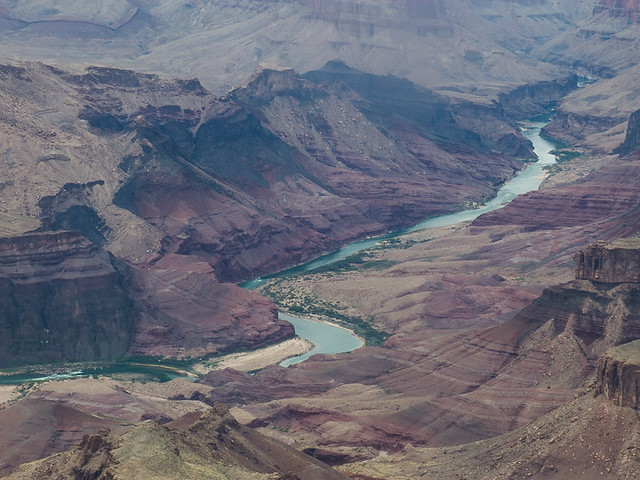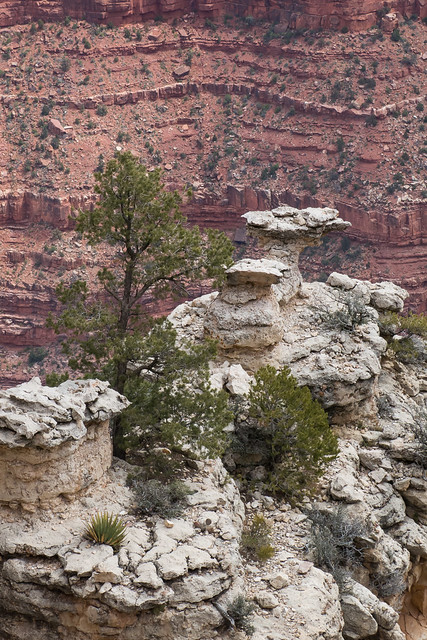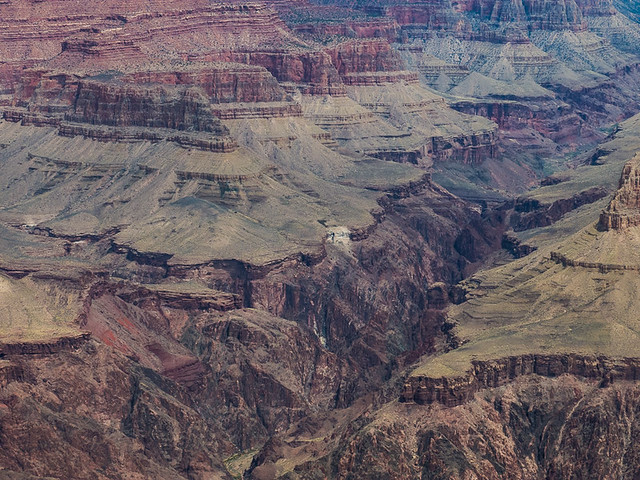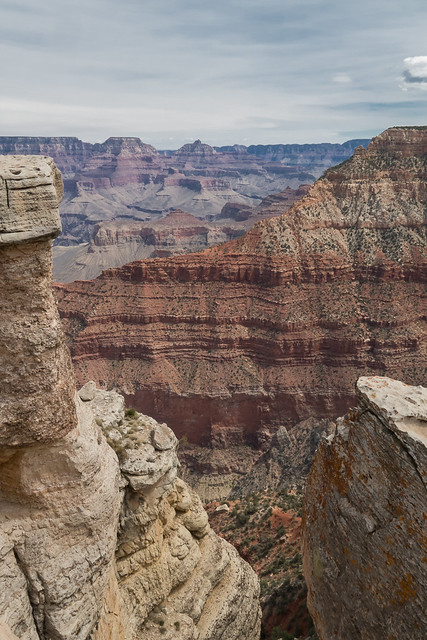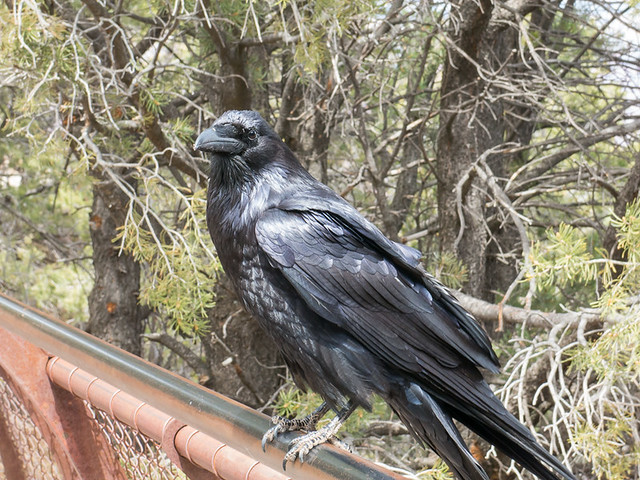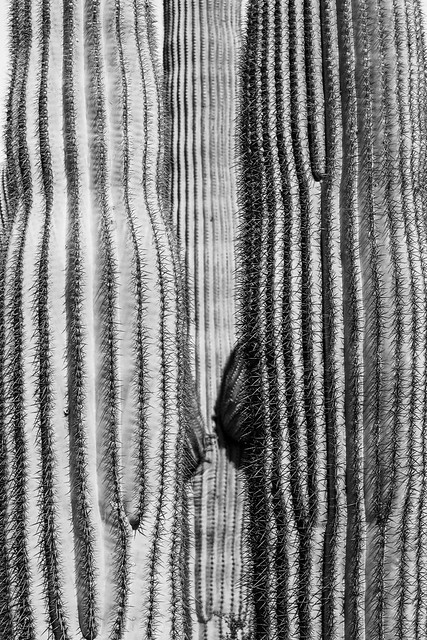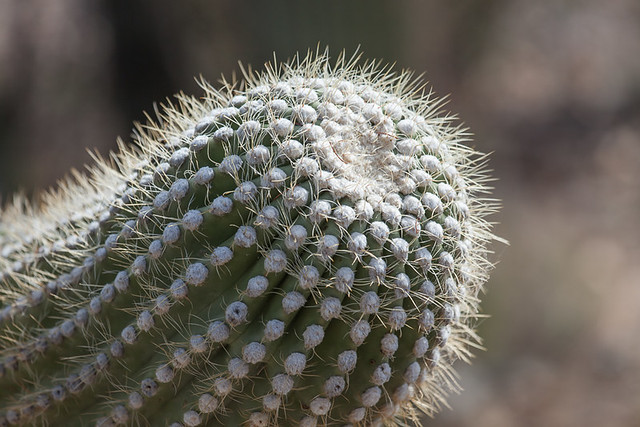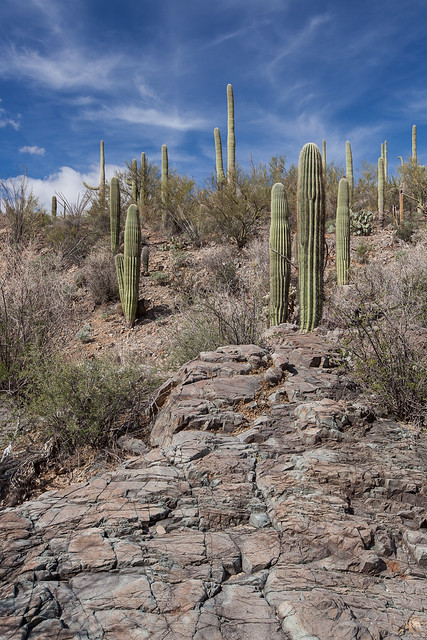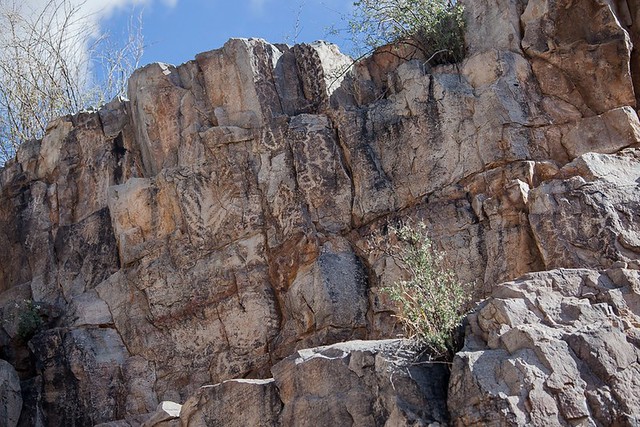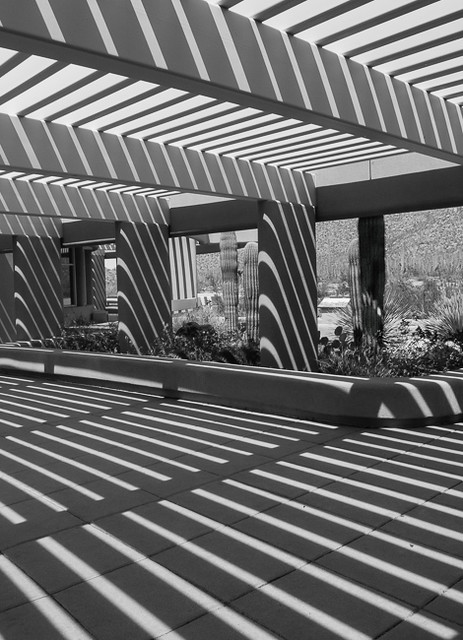M IS FOR MUSEUMS
I love museums. Natural history museums, science museums, art museums… And often the tiniest of museums provide the most surprising discoveries and treasures!
A museum often overlooked — the Watch Tower interior at the South Rim of the Grand Canyon.
From the National Park website, a description the Watch Tower: “the walls are covered with murals. The most distinct images, painted by Hopi artist Fred Kabotie depict various aspects of Hopi mythology and religious ceremonies…The tiny windows of the tower let in a minimal amount of light which adds to the cave- like, mystical atmosphere of the space…circular balconies and the hundreds of prehistoric images inundates the viewer with an overwhelming sense of the southwest.
It’s a mystical place to experience architecture, art, and culture on the very rim of one of nature’s glories — the Grand Canyon.
N IS FOR NEW YORK, NEW YORK
There was a time, not all that many years ago, when I would never have penned “NYC” on my to-visit list. Being a small town girl who spent a couple of nerve-wracking years in a BIG city (Chicago) before moving to a smaller big city (Milwaukee) and then to a smaller university city (Madison), I was never naturally drawn to bright lights, big crowds, tall buildings, lots of action.
Until my daughter moved to The City for a two-year teaching fellowship. And then attended a New York law school. And then got a New York job. And then married a New Yorker and bought a home in New York. And then had a New York baby!
So in the last decade I have found many good reasons for repeat visits to New York, all parts. And I have grown to really love my visits, always taking advantages that a metropolitan city offers. And I admit that I am glad my trips to NYC are visits, just enough goodness to fill my big-city yearnings!
We usually don’t visit New York City in winter, but went in for one planned special occasion — a baby shower for my daughter. And then we returned two weeks later for an unplanned occasion — the early arrival of baby Whitaker!
Oh my! How often can I sneak in a visit to New York, and one of its newest inhabitants, now…
O IS FOR OFFICE IN THE DESERT
“When I look in the mirror, I see a woman with secrets. When we don’t listen to our intuition, we abandon our souls. And we abandon our souls because we are afraid if we don’t, others will abandon us.” ~ Terry Tempest Williams
When in Arizona, I go to the desert to work. I settle into a place of sunshine, heat and silence, spaciousness and solitude. It’s not the place most people would choose as prime office space, but it suits me fine.
I experience a boost in my mood. My imagination switches to on, and I find my work projects more captivating. Perhaps it is simply a change in scenery. Some find a quiet niche in their local library, head to a busy coffee shop to write with companions, set up a sewing table in the midst of their garden, or paint in a park.
But me? I head to the desert. I bring my backpack filled with writing materials and my camera, and settle in one of the covered shelters scattered throughout Saguaro National Park. These stone and “cactus-wood” shelters were built in the 1930s and still provide a shady place for me to set up a day desert-scape office.
P IS FOR PARKS (OF THE NATIONAL KIND)
When my three children were of family vacation age (and surprisingly, even beyond) we would take off across the country in our SUV pulling a pop up trailer and stop at any National Park or Monument within reasonable driving distance. (Sometimes this reasonable driving distance was several hundred miles, but what the heck — we gawked and admired our way through hundreds of parks!)
The habit has not died. I still plot my driving itinerary to include National Parks and Monuments and more. And many more parks are destinations.
The year 2014 included these highlights — the North Rim (the hidden, off the main track) of the Grand Canyon. Oooh. Aaah! Glorious place. Must.go.back!!!
More North Rim. It is just such a magical place. And not crowded – compared to the Canyon’s South Rim. Worth every extra mile and extra minute to see the beauty, experience the place.
I traveled through the other main parks in Arizona during last winter and spring, including a visit to Painted Desert/ Petrified Forest National Park in northern Arizona as I was heading out of the state on my way to summer in the Midwest. It was a cool day in May, with great cloud formations rolling across the desert, a few thunderstorms, and the spaciousness of scenery that thrills my heart.
Living only a few miles from Saguaro National Park when I am in the Southwest for the early part of the year, I traipse through this desert scape several times a week. Climbing Kings Canyon and picnicking at the CCC site located high in the mountains — a picnic area built by the Civilian Conservation Corps in the 1930s — is a favorite way to spend a day!
And of course I have to travel west to Organ Pipe Cactus National Monument a few times for overnight camping explorations. Feels like wilderness.
And finally, a park I visited at the beginning of 2014, as I was traveling to Arizona. White Sands National Monument in southern New Mexico is another new favorite. Sparse. Quiet. And always surprises to delight and amaze.
~~~~~~~~~~~~~
Next alphabet recap of 2014 starts with Q (QUESTIONS) and ends with T (TUCSON). Stay tuned…
